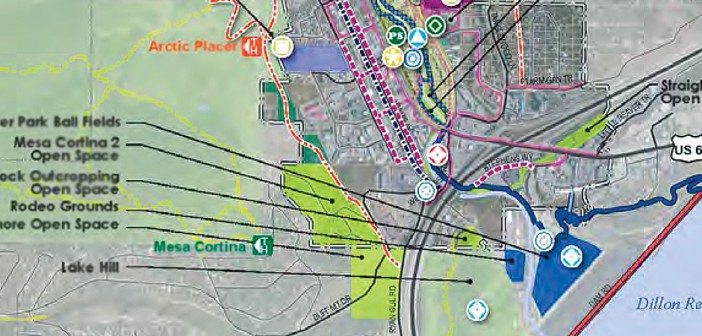With the recent boom in aerial adventure parks, one of the most important questions operators must answer is whether or not their business will be profitable. Most potential business owners expect that a simple review of their site, evaluation of the land, a quick look at competitors, and a little number crunching will give them the answer. Most existing business owners know that it’s not quite that simple.
As with any adventure business, there are a variety of factors to consider, whether you are analyzing an existing park or planning to open one. Each factor plays a huge part in a business’s success or failure.
Here are five factors to consider. If you have already opened a park, analyzing these five factors can help you develop strategies to make your business more successful. If you are still in the planning stage, let these factors focus your thinking.
1. The Property
It may seem straightforward, but property is one of the most important, and sometimes overlooked, aspects of an aerial park. First and foremost, the terrain must have adequate space and makeup to accommodate your attraction. What works best on this site: using trees or poles? Is the terrain flat, or are there hills and valleys? Do you have space to expand, if the business calls for it? Additionally, the property must have adequate access for guests, including space for parking, a welcome/outfitting center, and road access.
The amount of land needed for the course will also vary, depending upon the design of the course and whether it is based on trees or poles. A compact pole design may require no more than an acre or two, whereas a tree course may require several acres. Keep in mind that you will also need parking for your guests and employees.
There are several other considerations beyond topography and acreage. Is the land zoned for commercial operation? If not, this could mean red tape later. Who owns the land? If there is another owner, this means devising a payment structure that could include purchasing or leasing the property. Finally, is the land is perfect except for its location 75 miles from the nearest population center? If so, we have a major problem! Ideally, your land is located close to a sizeable population, a major interstate, or a major tourism center.
It is difficult to overstate the importance of location. Recently, we performed a feasibility study where the land was perfectly suited for a course, it was already paid for, and had great access. The only problem was that the land was simply too far away from the city or any other source of visitors. Typically, we find that participants are will to travel up to an hour to visit a course. Any more than that, and your course may underperform.








3 Comments
I would very much like to do a zip-coaster venue on my ranch in Texas. I am overwhelmend with the new technology and do not know where to start nor how to get started.
Please contact me.
Thomas Barret Lyne
what about finance?
Great article Paul. You nailed all the key initial considerations. Clear concise information.